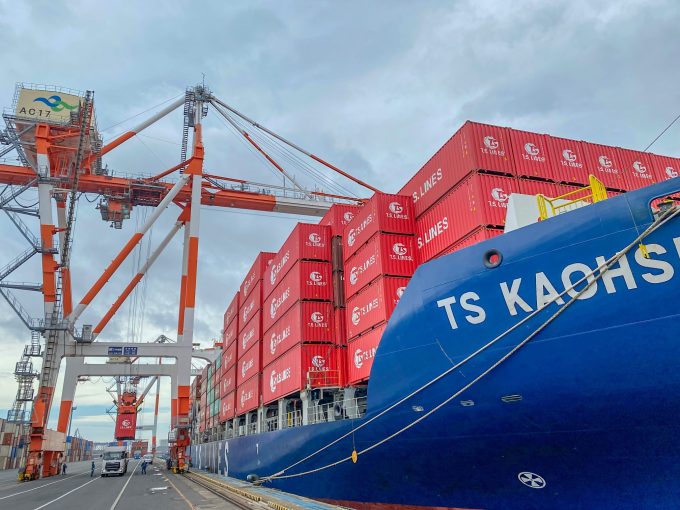Charter rates for PCTCs falling as tariffs put brake on EVs
Charter rates for pure car and truck carriers (PCTCs) are expected to halve from their ...

The return of freight rates to pre-pandemic levels means small containerships are becoming uneconomic on liner trades, where operating costs remain elevated.
Consequently, voyage results for smaller box ships on long-haul liner trades have swung from being highly profitable to racking up huge losses as the revenue per box and load factors have fallen.
Recent weeks have seen the closure of CULines’ Asia-North Europe express service, operated jointly with TS Lines, which deployed seven 4,100 teu to 4,400 teu ships. And the resurrected ...
Outlook for container shipping 'more uncertain now than at the onset of Covid'
Teamsters union vows UPS will be 'in for a hell of a fight' over jobs cull
Shippers warned: don't under-value US exports to avoid tariffs – 'CBP will catch you'
Cancelled voyages take the sting out of spot rate declines this week
New Houthi warning to shipping as rebel group targets specific companies
K+N CEO unveils impact of US import tariffs on China-origin goods
Blanked sailings in response to falling demand 'just a stop-gap solution'
More pressure on transpacific rates as carriers bet on a China-US trade deal


Comment on this article